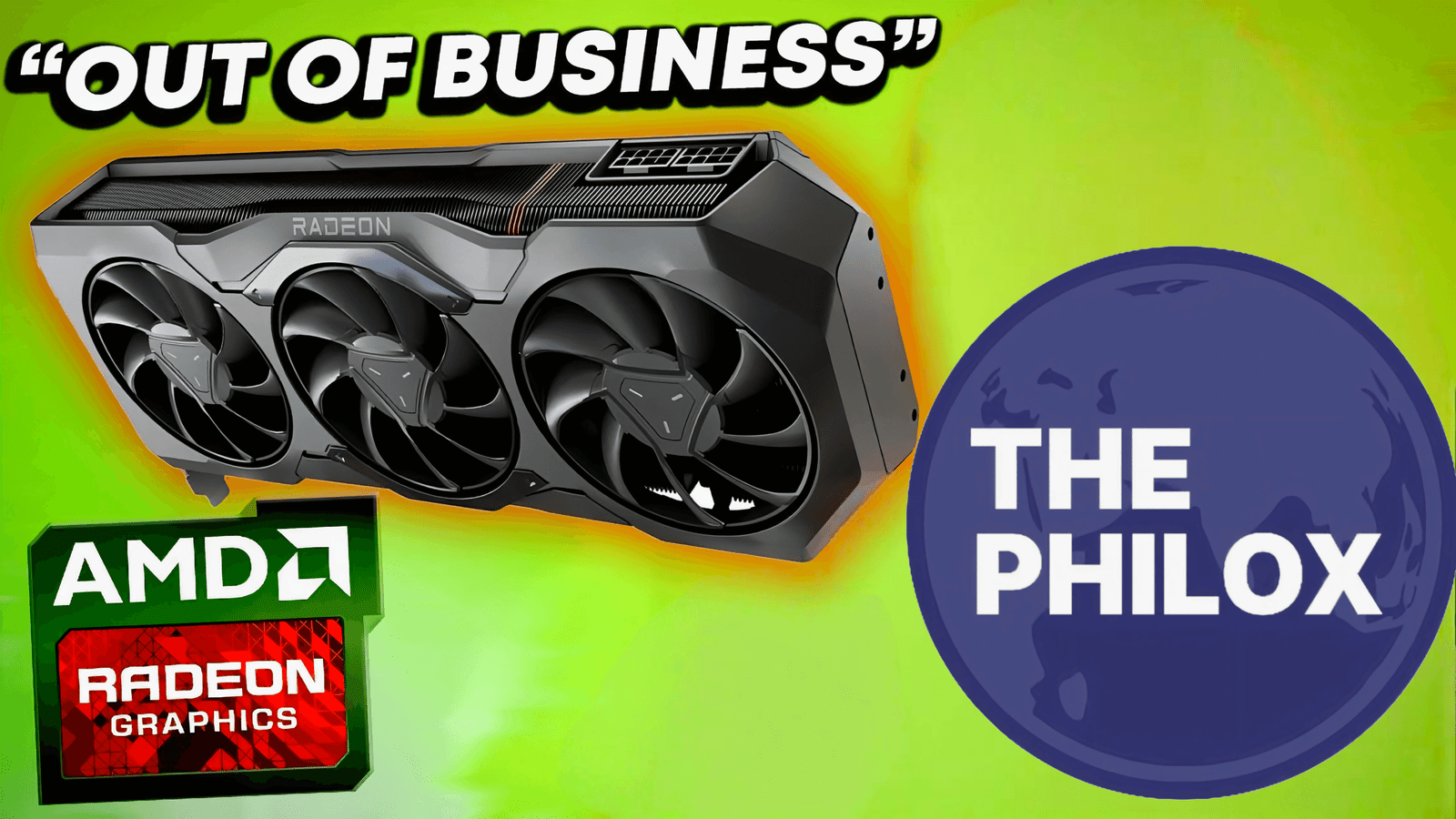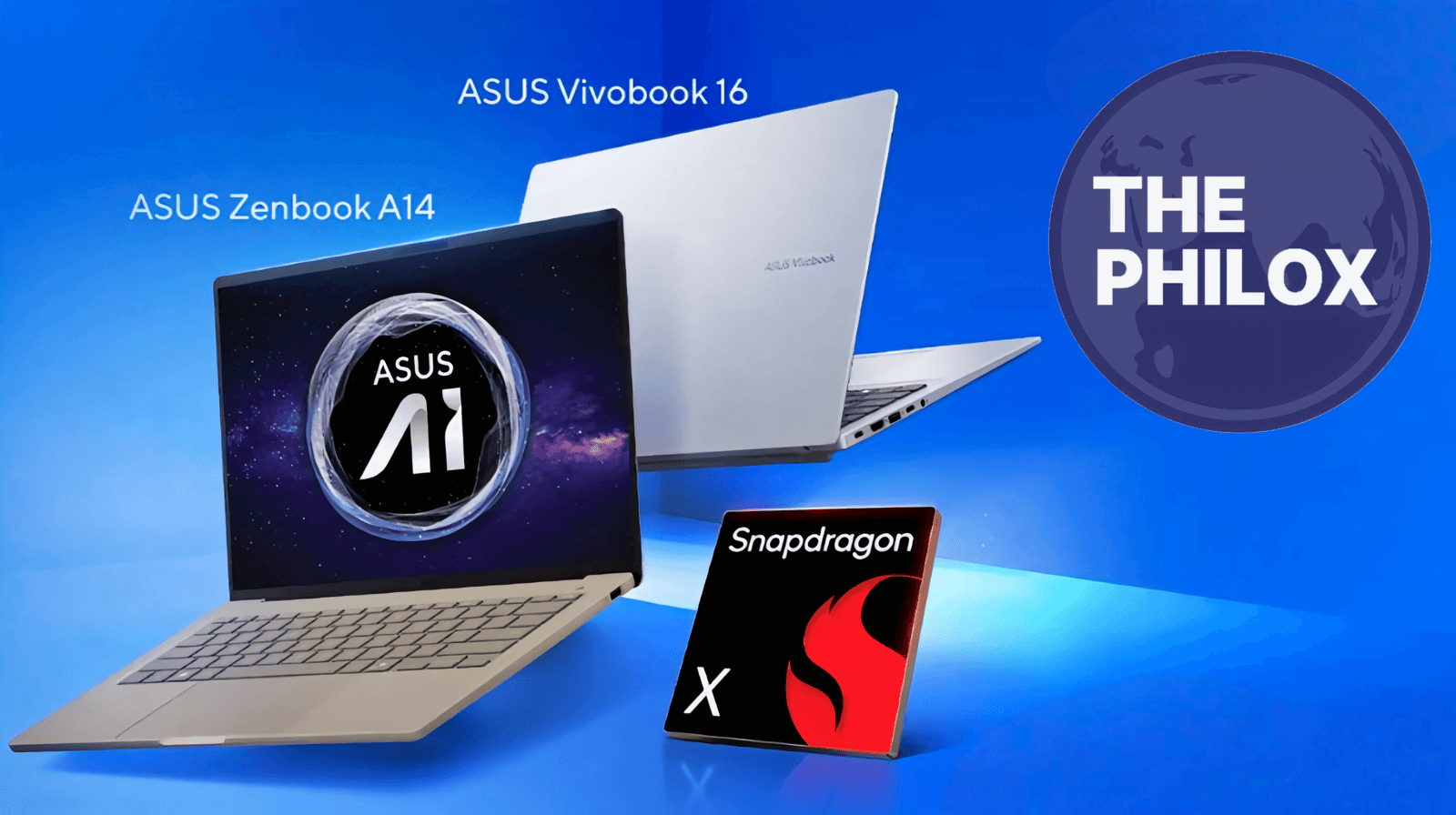Titan Watch, once a household name and market leader in the watch industry, finds itself out of tune with the changing market scenario. Dependence on analogue watches and a slow response to smartwatches have been the causes for low revenue and profits.
Analyzing Titan’s Decline Article This article analyzes Titan’s decline and provides insight into the company’s financial performance and what the challenges it is faced with are, followed by a possible strategy to bounce back.
Financial Performance: High Points vs. Current Decline
At its peak, Titan was a leader in the Indian and global watch markets. This business was expected to be clocking close to around INR 14,000 crores ($1.9 billion) of annual revenue, profits would easily cross INR 1,000 crore ($135 million) in the late 2000s and early 2010s. Things have gone seriously downhill from here in recent years.
According to recent data for the year 2023, its revenue was reportedly touching INR 9,000 crores ($1.2 billion) whereas its profits were touching below INR 400 crore ($54 million).
The table and graph below describe Titan’s trend of finances:
| Year | Revenue (INR crore) | Profit (INR crore) |
|---|---|---|
| 2010 | 14,000 | 1,000 |
| 2015 | 12,500 | 900 |
| 2020 | 10,500 | 700 |
| 2023 | 9,000 | 400 |
Reasons For Titan’s Fall
1. Dependence on Analog Watches
Titan had built its brand on high-quality analog watches. The strategy worked well in the 1990s and early 2000s but began to turn into a liability during the last decade. Consumer preference for digital and smartwatch technologies had clearly shifted, but the company had been very slow in diversifying its portfolio toward these trends.
2. Smartwatches Emerged
Apple, Samsung, and Fitbit smartwatches have changed the world of watch making. They are more than just a timepiece; they are fitness trackers, communication devices, and lifestyle accessories. For instance, Apple is now the largest watch maker in the world, outpacing the traditional watch brands.
Today, smartwatches make up more than 30% of the market, making it difficult for analog watch makers like Titan to remain in the business.
3. Lack of Innovation
When competitors were embracing technology and modern designs, Titan was still far behind. Fossil and Casio brought hybrid watches and affordable smartwatches into the market that could target younger consumers with technological know-how. Titan clung to traditional designs for too long and missed newer market segments.
4. Changing Consumer Preferences
Modern consumers prefer multifunctional devices that are integrated into their digital lives. Watches are not just accessories but become parts of one’s smartphone and fitness watches. Titan was unable to adapt itself according to the changing trends and thus increased the distance from would-be customers.
5. Increased Competition
Except for smart watch makers, Rolex and Omega, the other brands at the high end remained strong. The low-end brands such as Timex and Seiko remained a value-for-money proposition. This made Titan sit between two extremes and found it challenging to find its niche value proposition.
Lessons from Competitors
Apple and Samsung: These technology companies used their electronics expertise to develop feature-rich smartwatches. They catered to a very wide range of consumers by incorporating health monitoring, notification capabilities, and custom designs.
Fossil Group: The way Fossil blended classic style with modern technology kept it in the game. Its hybrid watches bridged the gap between those who wanted to transition from analog to digital.
Casio: Casio diversified its offerings with the G-Shock and Pro Trek series, where toughness and functionality merged. This is a niche watch line targeting outdoor enthusiasts and athletes.
Path to Recovery
The Titan will need a multi-pronged approach to regain relevance:
1. Innovation and Diversification
Titan must invest in R&D so that they could come out with smartwatches which will be a competition for other companies. Joint ventures with other companies would add old world craftsmanship with the modern aspect of technology. Even looking at the wearables, like fitness bands, could attract more young customers.
2. Brand Revamp and Promotion
A renewed brand image with innovation, quality, and affordability may regain Titan’s appeal. Marketing efforts on smartwatches and tech-savvy products will attract the millennials and Gen Z.
3. Strategic Partnerships
Associations with technology firms or purchasing smaller smartwatch startups would speed up the process for Titan to venture into the digital watch market. This can also open Titan’s way to advanced technologies and knowledge.
4. Niche Markets Focus
Titan can provide niche watches for niche markets, for example, for the fitness enthusiasts, the adventure loving outdoor type, or for the luxury seekers. It will have product differentiation on specific needs of the consumers.
5. Leverage on Available Strengths
Strength in the distribution network and brand loyalty in India are some assets which can be leveraged for marketing new products. Titan can consolidate the domestic market before venturing into the international market.
The fall of Titan from market leader to struggling brand is a lesson for companies that fail to adapt to the changing dynamics of the market. Although the rise of smartwatches and a change in consumer preferences are challenges, Titan has both the resources and legacy that can help it stage a comeback.
It can reclaim its turf by embracing innovation, diversifying its portfolio, and changing its image as a modern, technology-savvy company. Things would have been tough ahead, but this Titan is sure to recapture what they have lost and be one again in the lead by vision and strategic execution.





One thought on “Titan Watch: From Market Leader to Struggling Brand – How Over-reliance on Analog Watches and the Rise of Smartwatches Contributed to Its Downfall”